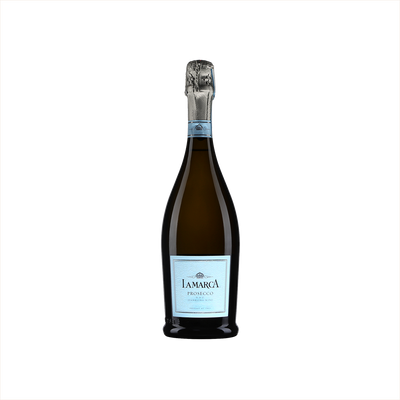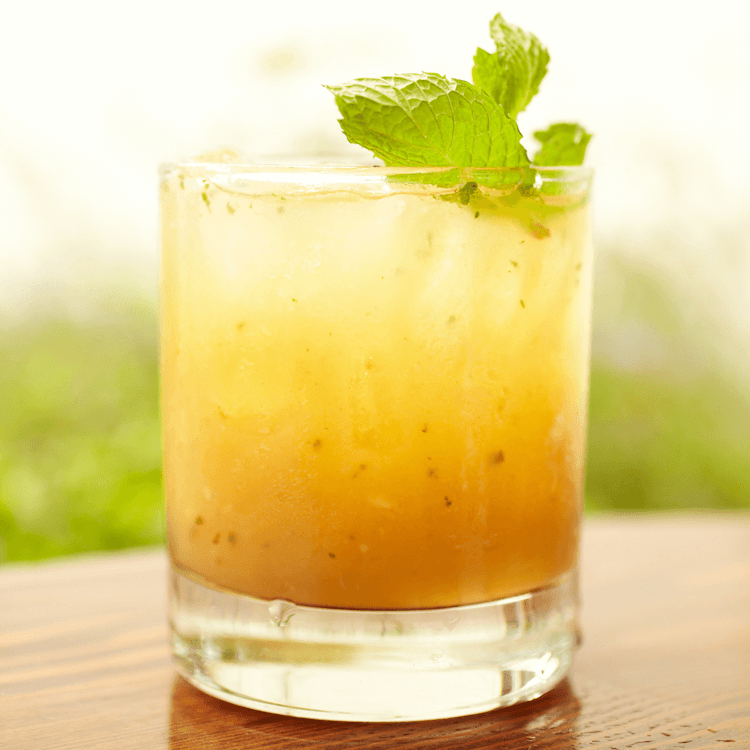Prosecco
What is Prosecco?
Prosecco is a specific type of Sparkling Wine that comes exclusively from designated regions in northern Italy, primarily Veneto and Friuli-Venezia Giulia. What defines Prosecco is its production from the Glera grape variety (at least 85%) using the Charmat method, where secondary fermentation happens in large stainless steel tanks rather than individual bottles. This Italian bubbly typically offers fresh, fruity flavors with notes of green apple, pear, and citrus, creating a lighter, more approachable style compared to Champagne's complexity.
Learn More About Prosecco
What makes Prosecco unique?
Prosecco stands apart from other sparkling wines through its signature Glera grape and the Charmat method of production, which creates those light, frothy bubbles in large steel tanks rather than individual bottles like Champagne. This Italian sparkler delivers a distinctly fresh, fruity profile with notes of green apple and pear, plus a softer, creamier texture that feels less aggressive than the sharp acidity found in many French bubbles. The result is an approachable, food-friendly wine that captures the essence of Italian winemaking—relaxed, expressive, and designed for everyday enjoyment rather than just special occasions.
How is Prosecco made?
Prosecco starts with Glera grapes that undergo primary fermentation in stainless steel tanks to create a still base wine. The magic happens during secondary fermentation using the Charmat method, where the base wine gets transferred to large pressurized tanks along with yeast and sugar, creating those signature bubbles over several weeks. This tank method preserves the fresh, fruity character that makes Prosecco so approachable compared to traditional bottle-fermented sparkling wines.
How do you drink Prosecco?
Prosecco shines brightest when served chilled and neat in a flute or wine glass, allowing its crisp bubbles and bright fruit flavors to take center stage. While you'll occasionally find it mixed into spritz-style cocktails like the Aperol Spritz or bellinis, most Prosecco lovers prefer sipping it straight to appreciate its delicate character. This sparkling wine pairs beautifully with celebrations, weekend brunches, and warm-weather gatherings when you want something light and refreshing that won't weigh you down.
How do I choose a good Prosecco?
Look for "DOCG" on the label if you want the best quality—this designation guarantees the grapes come from premium Italian regions like Valdobbiadene or Conegliano, where the most respected producers work their magic. For cocktails like Aperol Spritzes or Bellinis, grab a brut or extra dry style since the bubbles need to hold up against other ingredients without getting lost, while sweeter proseccos work beautifully for sipping solo or with dessert. Skip the bottom-shelf bottles that taste flat and generic—spend just a few extra dollars for something with actual character and lively bubbles that won't disappoint your guests or your palate.
Nutritional Information
Typical Calorie Range per Ounce: 20-24 calories
Typical Carbohydrate Range per Ounce: 0.6-1.2 grams
Typical Sugar Range per Ounce: 0.3-1.0 grams
Typically Gluten Free: Yes
While Prosecco is naturally gluten-free since it's made from grapes, production methods can vary between producers. Always check the specific product label and manufacturer information to confirm gluten-free status, especially if you have celiac disease or severe gluten sensitivity.
Scrolled this far? Your reward? Prosecco Trivia!
- The bubbles in Prosecco aren't created the same way as Champagne's famous fizz. While Champagne gets its sparkle from a second fermentation in the bottle, Prosecco uses the Charmat method - fermentation happens in large steel tanks. This means every bottle of Prosecco is actually fresher and more fruit-forward than its French cousin, capturing those bright peach and apple notes we love.
- Real Prosecco can only come from a tiny slice of Italy - specifically the Veneto and Friuli regions. But here's the kicker: the best stuff comes from just 15 hillside villages between Valdobbiadene and Conegliano. This area is so special that UNESCO declared it a World Heritage Site in 2019, making it as protected as Machu Picchu or the Great Wall of China.
- That satisfying "pop" when you open Prosecco? It should actually be more of a gentle sigh. Traditional Prosecco etiquette calls for opening the bottle with barely a whisper of sound - holding the cork steady while twisting the bottle slowly. The dramatic cork-flying celebration we associate with sparkling wine is considered poor form by Italian producers.
- Prosecco grapes have been growing wild in this region for over 2,000 years, but the wine we know today almost disappeared completely. After World War II, only a handful of families still made it using traditional methods. The global Prosecco boom didn't start until the 1990s, making it younger than the internet as a commercial phenomenon.
- The sweetness levels in Prosecco follow a backwards system that confuses even wine professionals. "Brut" means dry, "Extra Dry" is actually sweeter than Brut, and "Dry" is the sweetest of all. This Italian logic means when you want the driest Prosecco possible, you're looking for the word that sounds like it should be the sweetest.
Higher-proof spirits can be intense. Mix carefully, taste thoughtfully, and enjoy responsibly.
Gift message (optional)




